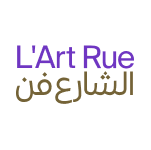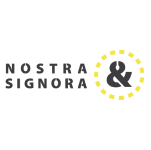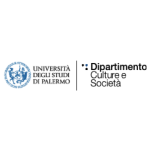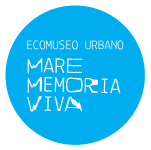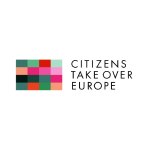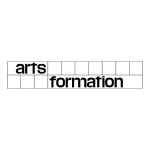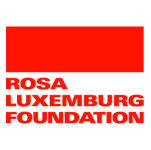BETWEEN LAND AND SEA is a political encounter, and a programme of original artistic and theatrical productions developed and presented between Palermo, Tunis, and Bremen. It creates the first participatory and long-term creative collaboration between the three port cities, acting as a bridge between Europe and the Maghreb and between the South and the North of Europe.
BETWEEN LAND AND SEA
PALERMO
Transnational encounters between art and politics
16 JUNE TO 1 JULY 2023
BETWEEN LAND AND SEA is a series of transnational encounters in arts and politics that examine and critically reflect the existing connections between port cities and their intertwined histories linked by global migration and trade.
After the editions hosted by L’Art Rue in Tunis and Theater Bremen in Germany, BETWEEN LAND AND SEA returned to Palermo in 2023 for its fourth edition. The encounters addressed pressing socio-economic and environmental challenges through a series of artistic productions and political gatherings that were both locally embedded and aimed at strengthening transnational links, inventing new ways to come together across borders and develop solidarity narratives. This edition focused on three Sicilian artists and their work while also opening the island to long-term collaboration with artists and researchers from the neighboring Mediterranean and the African continent. The multidisciplinary program, curated by Eva-Maria Bertschy and Izabela Moren, spanned theatre, dance, photography, design, sustainability, performance, and music. The artists closely examined the different clues that the city of Palermo and its surroundings revealed, following its rhizomatic relationships to other places in the world.
Francesco Bellina’s Pray for Seamen exemplified the festival’s overall approach. Although fishermen from the Sicilian, Tunisian, and Ghanaian coasts were a central component of the local economy and cultural identity, they all faced the same global dynamics. Bellina provided a diverse panorama of these three landscapes by documenting their similar practices and struggles. Meanwhile, Sicilian video artist Genny Petrotta told the story of the Repubblica Contadina (the peasant republic), which was founded in her hometown of Piana degli Albanesi toward the end of World War II under the leadership of her grand-uncle Giacomo Petrotta—evoking its violent repression.
The School of Water Scarcity, an artistic research program curated by Izabela Moren, initially explored water mismanagement and hydric stress experienced by small farmers in Sicily and Tunisia. It involved cultural practitioners in formulating shared strategies for the preservation of biodiversity, local indigenous and non-indigenous varieties, ancient water collection techniques, and food sovereignty. In parallel, designer Eliza Collins conducted in-depth research on Palermo’s water situation. With WET ZONES, she designed a kitchen prototype that confronted a not-so-distant future in which localized water recycling provided a solution for the regulated consumption, disposal, and reclamation of this finite resource.
With her long-term study on the South-East Coast, Irene Coppola re-inhabited Palermo’s main coastline, involving the inhabitants of adjacent neighborhoods and regular beachgoers in reimagining the collective use of a wasteland destroyed by mismanagement, which was set to undergo drastic transformations in the coming years. She introduced her first cinematographic work, MAMMELLONI, co-directed with filmmaker Ruben Monterosso.
A guest from the first edition returned: Ordinateur, the Coupé Décalé star from the Ivory Coast. Together with Ivorian dancer and singer Annick Choco and German thespian Monika Gintersdorfer, they developed a performance on dance, football, and performance in a two-week workshop with a group of young people from Palermo. Rossella Biscotti presented her extensive project Journey, which began when she was awarded a 20-ton block of Carrara marble. In May 2021, the marble block was loaded onto a boat that sailed a symbolic route between Italy, Malta, Tunisia, and Libya before being released into the Mediterranean Sea. Alongside sound artist Attila Faravelli, she presented the project in a listening session featuring some of the recorded sounds.
The musical program was concentrated between Friday 23 and Saturday 24. On the first evening, Agostino triggered the rhythms of Tecnopizzica, a mutant and electronic form that distorted Apulian folk music. Brazilian musician and researcher Pedro Oliveira unleashed the latent potential of the human timbre in a sound performance that turned voice-recognition technologies—plagued by racial bias and used to reinforce borders—against themselves. This was followed by a live set by Sara Persico, a musician trained in Naples’ underground scene but based in Berlin for years. She arrived in Palermo for a short residency with Studio Rizoma, performing a hybrid and iridescent set characterized by the dark, precise, and ruthless sound that defined her vision.
Read more about individual productions in the EDITORIAL section of our website.


